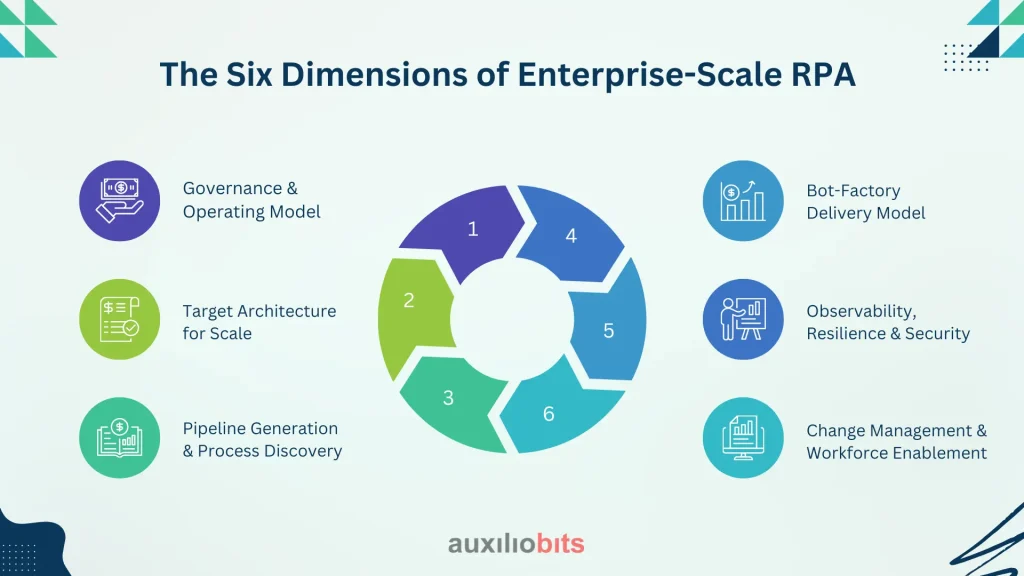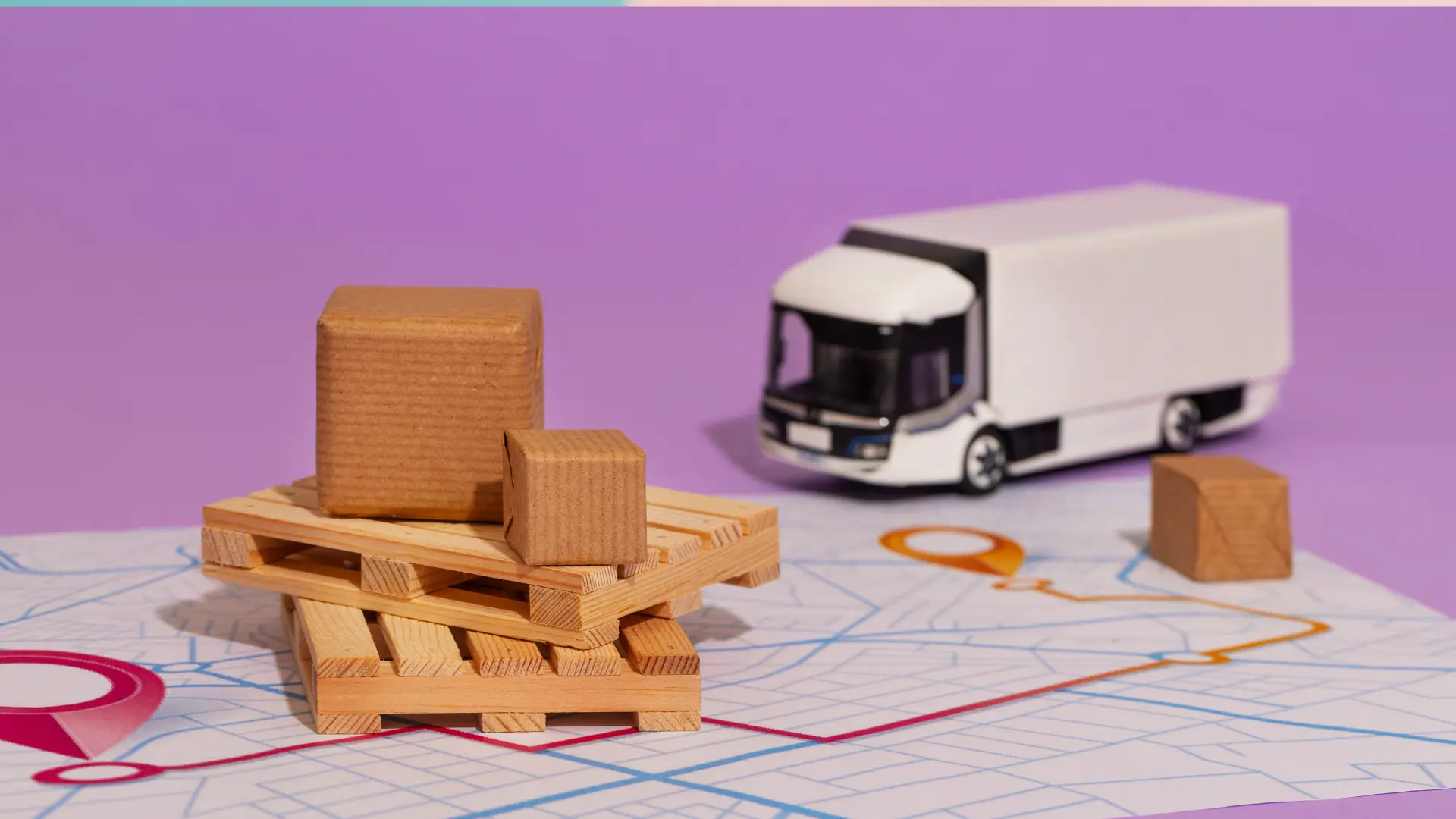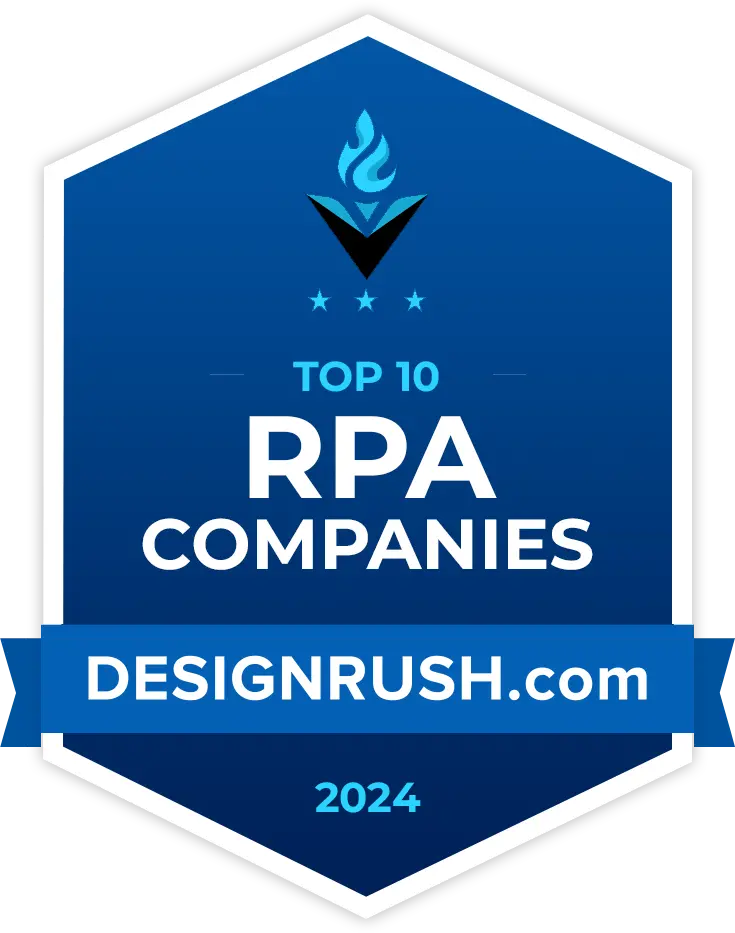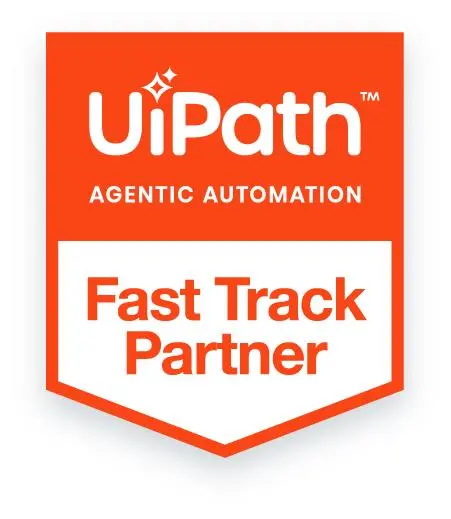
Key Takeaways
- Successful RPA scale hinges on a charter-driven governance architecture, aligning CoE standards, functional pod ownership, and citizen-developer empowerment, ensuring decision rights, compliance, funding clarity, and sustainable idea-to-value throughput across divisions.
- Procurement’s high-volume, rule-based workflows create an ideal RPA beachhead, providing measurable cash impact, built-in compliance rigor, and cross-functional alignment, establishing a replicable blueprint applicable to finance, HR, logistics, and beyond.
- A five-layer reference architecture—experience, orchestration, integration, cognitive services, observability/security—delivers elasticity, fault tolerance, and compliance, while dynamic queue partitioning preserves performance and cost efficiency during volatile procurement demand fluctuations and spikes.
- Industrialised bot factories, Git-based CI/CD, digital-twin testbeds, self-healing watchdogs, and chaos drills transform fragile pilots into resilient utilities, achieving 99.95 percent uptime and audit-ready logs across critical procurement pipelines globally.
- Integrating agentic AI enables dynamic contract negotiation, adaptive approval routing, predictive supplier risk, and autonomous spend classification, layering cognitive decision-making atop deterministic bots to future-proof procurement automation strategies for enterprises.
The very first encounter a company has with Robotic Process Automation (RPA) is almost always a single-purpose script: a lone UiPath or Power Automate robot that copies invoice data from an Outlook folder, opens SAP, and submits a posting. The demo sparks applause because it proves a point—that software can mimic human clicks. Yet twelve months later, the same company still has only that one bot, running faithfully on a forgotten VM under someone’s desk.
What went wrong? In nearly every stalled program we have audited, three structural gaps appear:
- Operating-model vacuum. Nobody ever defined who decides which process is followed, who funds it, and who owns bot break-fix after go-live.
- Security & audit anxiety. A pilot can get a temporary waiver; a fleet processing millions of dollars in procurement spend must withstand annual audits, segregation-of-duties (SoD) analysis, and penetration tests.
- Economics of small numbers. One bot might save three hours a week. However, platform licenses, cloud hosting, high-availability clusters, and governance tooling are not free of charge. Unless you can multiply throughput by orders of magnitude, ROI evaporates.
Therefore, scaling RPA is less about “adding bots” and more about industrializing automation as an internal utility, similar to how organizations run networks or data warehouses. The most effective place to establish that utility is Procurement Automation, where transaction volumes are high, rules are explicit, and the cash impact is immediate. Get that right, and you unlock a blueprint for every other function.
lso read: Why Procurement in Manufacturing Still Runs on Emails: A Deep Dive into Manual Vendor Management?
Why Procurement Automation Is the Perfect Testbed?
Procurement is the arterial system through which every cent of third-party spend flows. The process family includes vendor onboarding, purchase-requisition (PR) processing, catalogue searches, purchase-order (PO) creation, goods-receipt confirmation, three-way invoice matching, contract management, and supplier performance reporting. Each step shares four features that make it prime RPA territory:
- Deterministic rules. Whether you run SAP, Oracle, Coupa, or a home-grown ERP, the business logic for “approve or reject” is defined in the policy manual, including dollar thresholds, budget codes, tolerance percentages, tax jurisdictions, and anti-bribery clauses.
- High frequency. Even a mid-market manufacturer may push 75,000 PR line items and 50,000 invoices through the pipeline annually. Those touchpoints are identical in structure, making them perfect for robot batching and queueing.
- Compliance overhead. SOX, GDPR, anti-money laundering regulations, and, in many countries, Public Procurement Acts govern procurement. Bots that log every click and payload improve auditability.
- Measurable cash impact. Accelerating the time by two days can yield early-payment discounts; cutting maverick spend by % can save millions. Gains are easy to quantify and socialize to the board.
A less obvious advantage is that procurement is already a cross-functional process. Legal drafts the contract, Finance checks budgets, IT provisions catalogues, and Operations receives goods. When you automate here, you have no choice but to coordinate these stakeholders—exercise that builds the muscle you’ll need when Finance or HR comes knocking for their bots.
Finally, Procurement Automation offers a natural ramp for AI augmentation. Documents (invoices, packing lists, and compliance certificates) are semi-structured, allowing OCR and language models to extract entities that RPA then validates and posts. This “AI + RPA handshake” becomes your template for more complex cognitive use cases later.
The Six Dimensions of Enterprise-Scale RPA
The six dimensions of enterprise scale are as follows:

1. Governance & Operating Model
Technology choices often dominate early RPA conversations, yet governance defines success. An enterprise model typically forms three concentric rings:
| Layer | Core Accountability | Example Artefacts |
| Enterprise CoE | Standards, licences, security baselines, reusable component library, platform roadmap | Coding conventions, encryption policies, and approved NuGet list |
| Functional Pods | Process discovery, benefit tracking, domain UAT, continuous improvement backlog | Procurement Automation Backlog, KPI dashboards |
| Citizen Developers | Low-risk prototypes, last-mile tweaks, floor-level evangelism | Purchase-request status notifier bot, Teams plug-in |
Every initiative starts with an Automation Charter that captures business objective, data classification, SoD impacts, SLA, and rollback strategy. Charters progress through a two-stage process: an architecture review by the CoE and benefit validation by the Finance department. Only then does development start.
Without this discipline, bot demand balloons, exceptions escalate to IT tickets, and audit findings accumulate. With it, you create a repeatable idea-to-value pipeline that keeps risk constant while throughput grows.
2. Target Architecture for Scale
A resilient RPA stack comprises five layers:
- Experience Layer. Chatbots, adaptive cards in Teams, and self-service portals. Users shouldn’t care whether RPA, API, or a human serves a request—it’s one front door.
- Orchestration Layer. UiPath Orchestrator clusters or Power Automate cloud flows are deployed in an active-active configuration across two regions. Redis or Azure Service Bus queues prevent single points of failure.
- Integration Layer. REST adapters, IDoc bridges, BAPI wrappers, and throttling governors that decouple bots from volatile ERP uptime.
- Cognitive Layer. OCR for invoices, LLM endpoints for clause extraction, and machine-learning microservices for GL-code prediction. These live outside of bot code in a containerized service, allowing them to be versioned and scaled independently.
- Observability & Security Layer. OpenTelemetry tracing, centralised log lakes, SIEM hooks, secret vaults, and policy-as-code scanners.
A subtle but critical tactic is dynamic queue partitioning. Tag each work item with attributes like vendor criticality, country, or payment terms. Autoscaling rules then spawn or retire robots by tag—e.g., “High-risk invoices” always run on your hardened VM pool, while low-risk POs share elastic cloud workers. This preserves compliance posture and cost efficiency.
3. Pipeline Generation & Process Discovery
Reliance on hallway conversations for pipeline ideas kills momentum after the first ten bots. Replace anecdote with analytics via a three-tier funnel:
- Process Mining. Celonis or UiPath Process Mining consumes ERP logs to reveal path variants and cycle-time anomalies. You learn, for instance, that 22 % of vendor onboarding cases bounce between Legal and Procurement four times, adding nine days.
- Task Mining. Desktop recorders capture granular user keystrokes, revealing where swivel-chair integrations still hinder PR creation, including email, Excel, browser tabs, and SAP GUI.
- ROI Simulation. Detect volume, handle times, exception percentages, and fully-loaded FTE rates; plug them into a calculator that spits out net savings, payback, and automation difficulty.
The output is a rank-ordered backlog rated gold, silver, and bronze. Gold means greenfield quick wins; bronze goes to the parking lot. Crucially, each discovery is mapped to a Reusable Automation Module (RAM)such as “Tax Validation,” “PO Line-Item Split,” or “Invoice Tolerance Check.” RAMs become building blocks that reduce future build time by 30–40%.
4. Bot-Factory Delivery Model
Treat bots like micro-products on an assembly line:
- Design Sprint (Weeks 0–2). Build BPMN diagrams, exception matrices, mock data sets, and an event-stormed domain model that names every entity (vendor, PR, PO, invoice).
- Build Sprint (Weeks 2–5). Developers clone a Bot Template—logging hooks, retry wrappers, credential fetchers, unit-test stubs—then focus solely on business logic.
- CI/CD. Git actions lint XAML files, inject static-code-analysis rules, run unit tests with mocked SAP APIs, compile a Robot Bill of Materials (RBOM), and push to a container registry.
- Digital-Twin Sandbox. A Dockerized “mini-SAP” seeded with anonymized procurement data enables robots to execute thousands of transactions overnight without impacting production—performance regressions are identified before go-live.
- Hypercare & Handoff. For 30 days post-production, DevSecOps monitors telemetry dashboards. Only after error rates stabilize below a 0% threshold does ownership transfer to the run team.
Because delivery artefacts are codified, the factory can staff parallel lanes—multiple scrum teams churning out bots concurrently without stepping on each other’s toes.
5. Observability, Resilience & Security
In procurement, a stalled bot can halt a factory line. Therefore, the resilience is engineered, not wished for:
- Self-Healing. Each VM or container hosts a sentinel that pings robot health endpoints every 15 seconds. A heartbeat lapse triggers a local restart; a second failure moves the queue item to a hot standby.
- Chaos Drills. Weekly in UAT, a scheduler kills a random worker or injects 500 ms latency into the SAP sandbox. Dashboards must alert within 60 seconds; playbooks restore SLA within 10 minutes.
- Zero-Trust Runtime. Robots obtain short-lived OAuth tokens at run time. Secrets never rest on disk; even environment variables are encrypted.
- Segregation-of-Duties. A bot that creates POs cannot approve them; a bot that approves invoices cannot create vendor master data. SoD matrices live in policy code and are evaluated continuously.
- Compliance-as-Code. Open Policy Agent rules validate every run versus GDPR, SOX, local procurement acts, and corporate spend limits. Violates quarantine items, gather evidence, and notify auditors.
The result: 99.95 % uptime, audit-ready logs, and a posture that often exceeds human performance benchmarks.
6. Change Management & Workforce Enablement
People, not robots, decide whether automation thrives. Procurement analysts worry about job security, IT fears bot sprawl, and finance questions ROI. A structured change-management plan flips sceptics into champions:
- Power-User Guilds. Monthly live-coding sessions where developers refactor a real bot on screen while analysts suggest tweaks. Seeing their feedback committed to Git builds credibility.
- Citizen-Developer Sandboxes. Under CoE guardrails, power users can create “micro-bots” like a Teams notifier that pings requesters when PRs age beyond three days. Successful pilots graduate into the factory; failures teach without risk.
- Bot-Usage Scorecards. KPIs—cycle-time cut, early-payment discounts captured, FTE hours released—auto-publish daily to a Teams channel. Transparency beats glossy PDFs every time.
- Career Pathways. Make RPA a promotion track: “Procurement Automation Analyst” roles blend domain expertise with bot stewardship. When employees see upward mobility rather than redundancy, adoption soars.
Ultimately, culture change isn’t about messaging; it’s about giving people agency in the automation journey.
Future-Proofing with Agentic AI & Autonomous Decision-Making
RPA’s strength lies in its deterministic execution; however, modern procurement challenges, such as ESG scrutiny, dynamic pricing, and geopolitical risk, demand context-aware reasoning. Agentic AI closes this gap by introducing goal-oriented software agents that learn, negotiate, and adapt:
- Dynamic Contract Negotiation. Agents ingest historical concession logs, supplier scorecards, and clause libraries to draft balanced terms in minutes. They simulate counter-offers, quantify risk, and surface trade-offs to legal counsel.
- Spend-Analytics Auto-Classification. Foundation models predict UNSPSC codes and category hierarchies from free-text PO lines, improving spend visibility to 95 %+ without manual tagging.
- Self-Optimising Approval Flows. Reinforcement-learning agents study manager response profiles and reroute low-risk PRs to alternate approvers during vacation periods, thereby preserving SLAs.
- Predictive Supplier Risk. By fusing credit scores, earthquake alerts, and social-media sentiment, agents forecast disruption probabilities and trigger bots to expedite dual-source bids.
Here’s the strategic insight: agents orchestrate, bots execute. Robots still click buttons and post documents; agents decide which buttons deserve clicking. Architecting RPA like iKemicroservices today ensures you can plug in agentic cognition tomorrow without ripping out the foundations.








